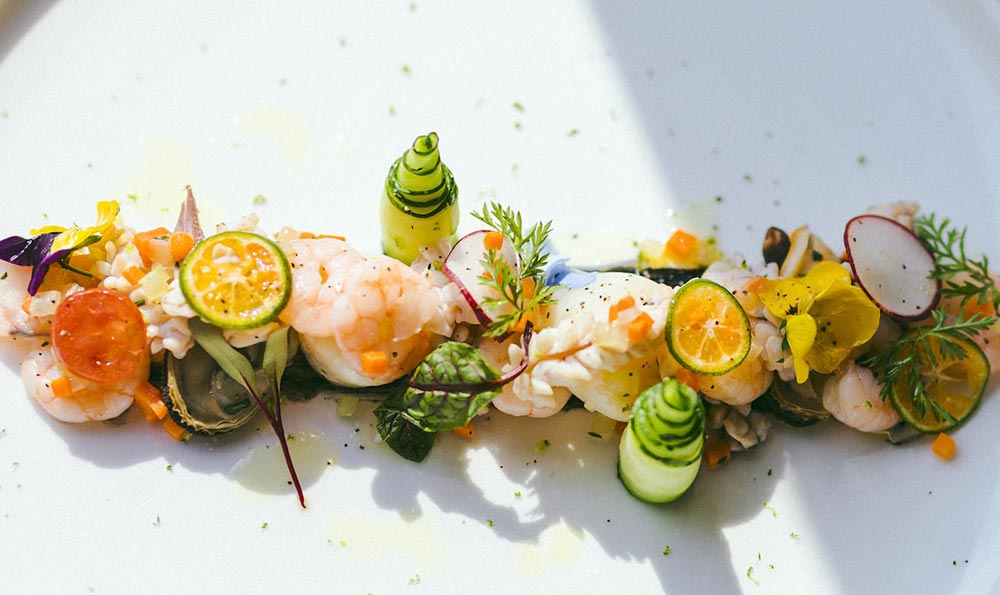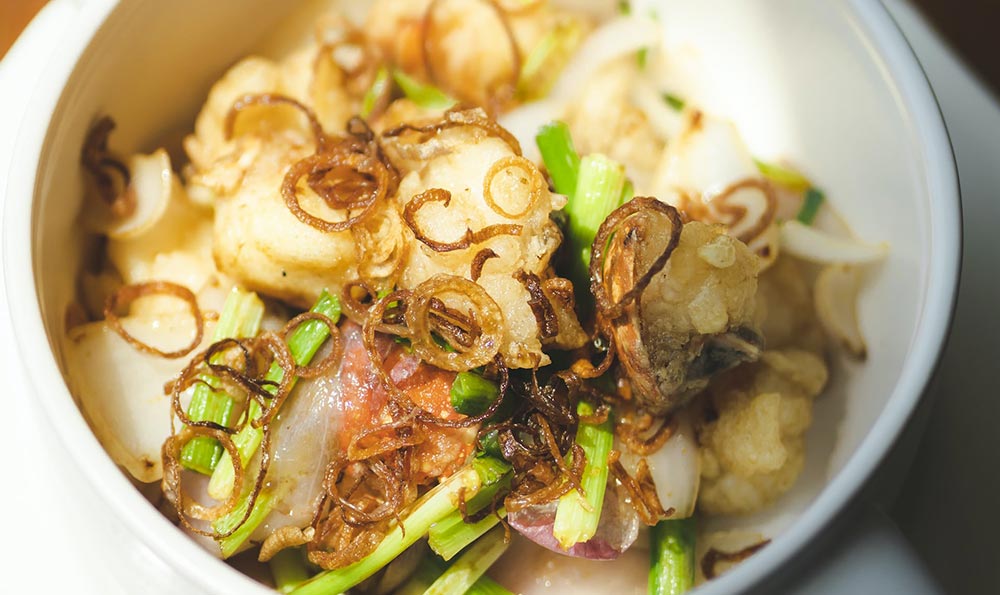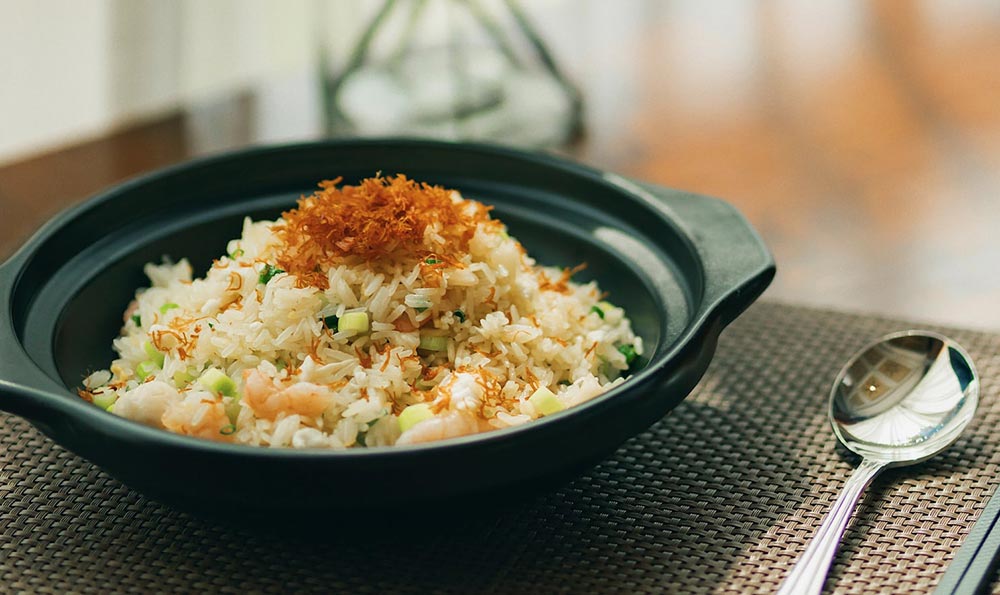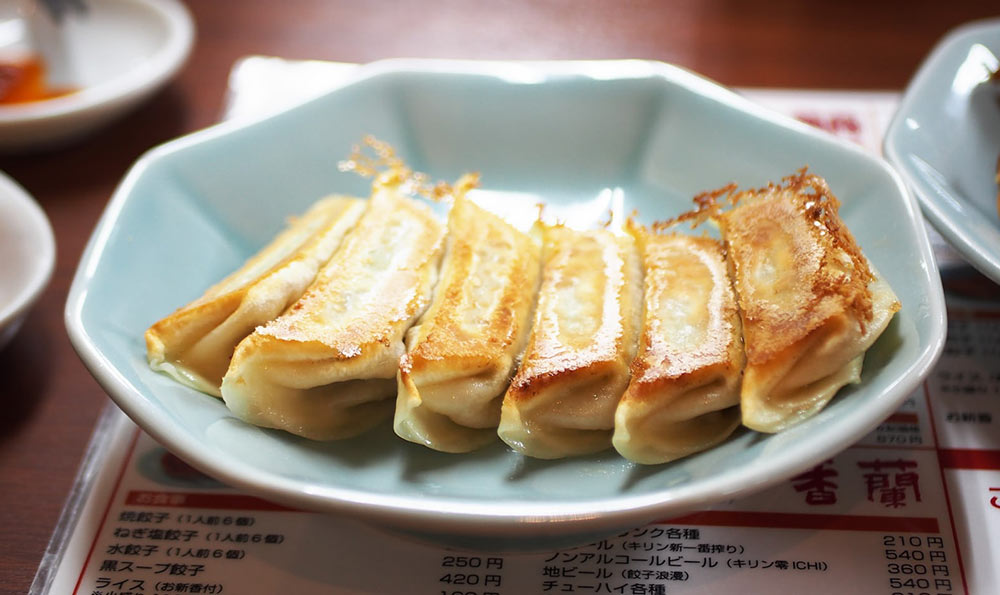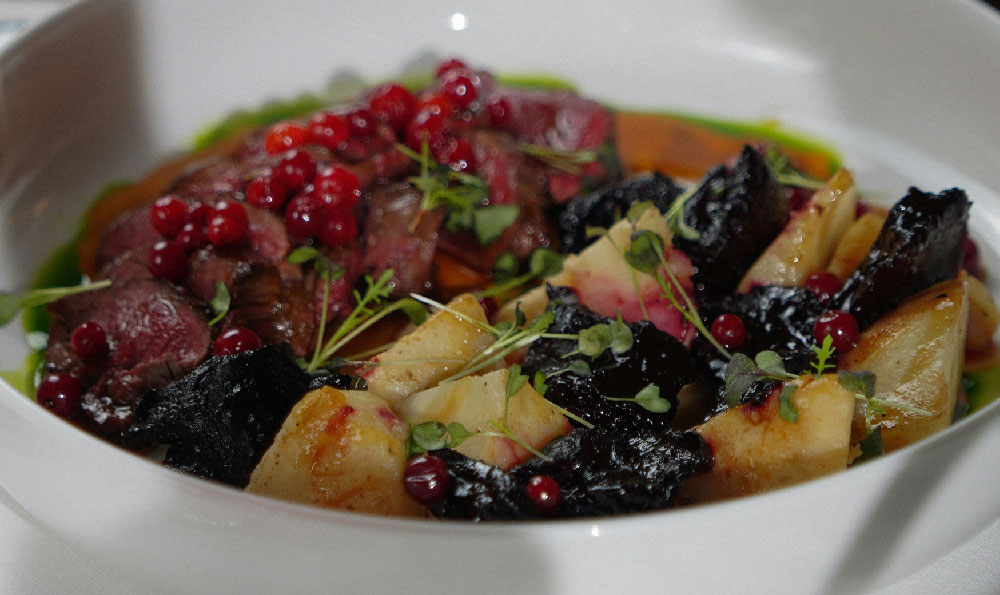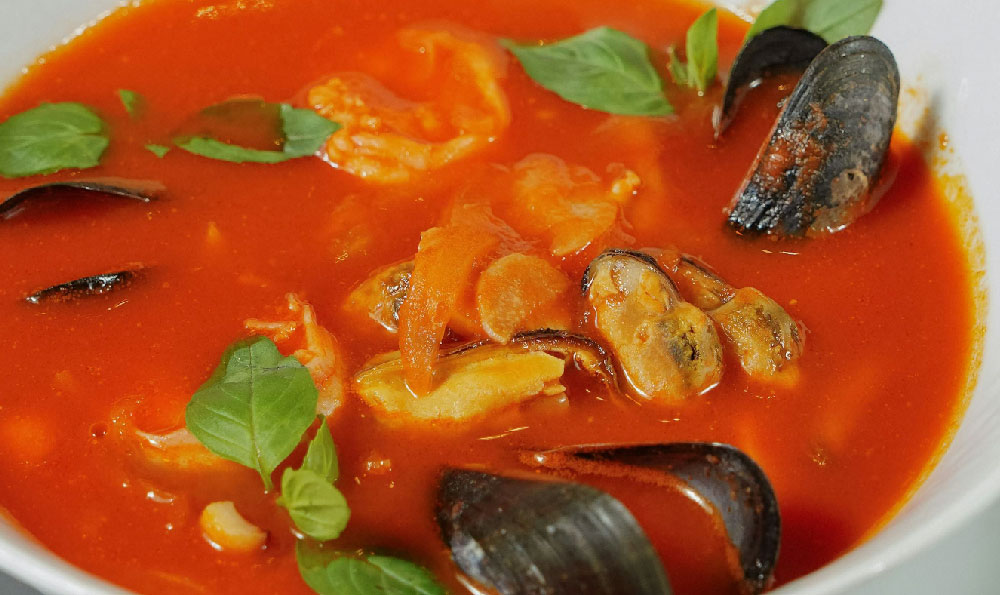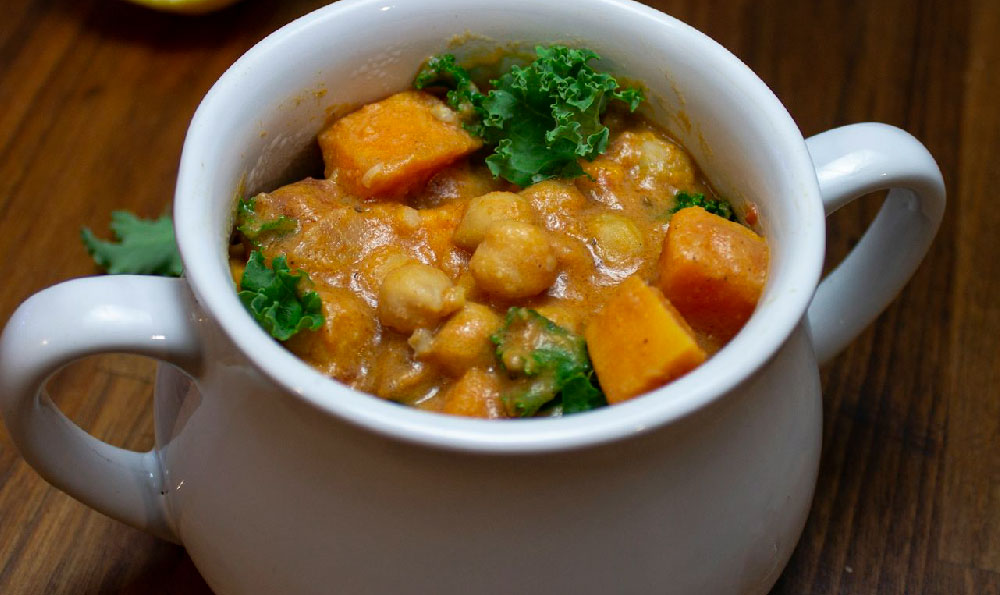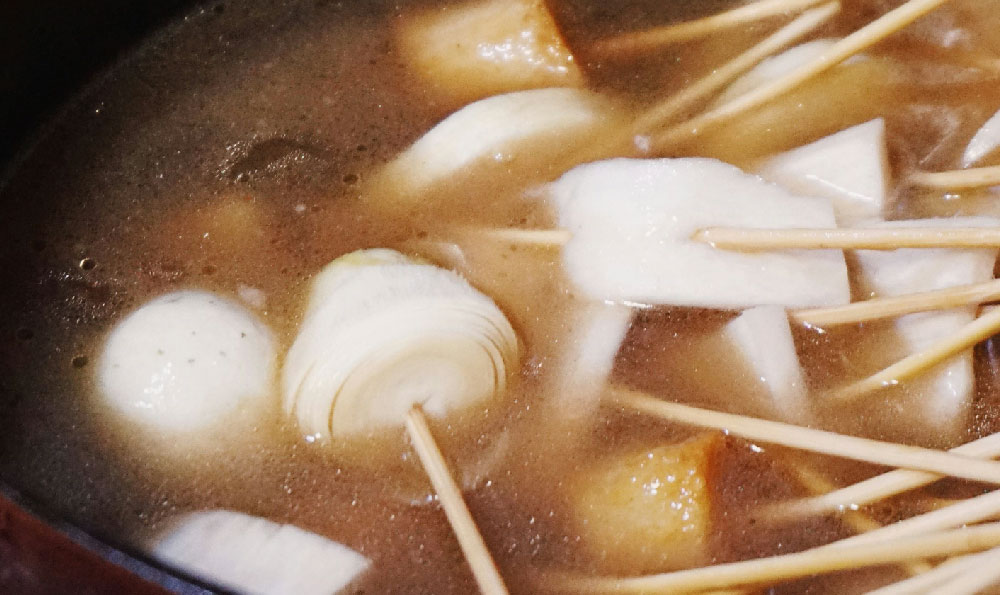
麻辣烫作为一道广受欢迎的中国传统小吃,以其麻辣的口感和丰富的食材而闻名于世。而“过过瘾麻辣烫,麻辣烫而已”则成为了该行业中的一个热门品牌。本文将通过定义、分类、举例和比较等方法,详细阐述“过过瘾麻辣烫,麻辣烫而已”的相关知识。
一、定义
过过瘾麻辣烫,麻辣烫而已是一家专业从事麻辣烫制作和销售的连锁店。其主打产品——麻辣烫,是一种以豆瓣酱、花椒等为主要调料的辣汤,放入各种食材后煮熟食用。在制作过程中,该店注重选材和独特的烹饪技巧,使得其麻辣烫在市场上拥有一席之地。
二、分类
过过瘾麻辣烫,麻辣烫而已可根据其口味和食材进行分类。口味上,该店提供多种选择,如麻辣、微辣、香辣等,以满足不同消费者的需求。食材上,店内也有丰富多样的选择,包括各类蔬菜、豆腐、肉类等。消费者可根据个人喜好和口味偏好进行选择。
举例:
以过过瘾麻辣烫,麻辣烫而已的经典麻辣烫为例,其独特之处在于其麻辣调料的独家秘方。这种秘方是由店内厨师长时间的研发和实践得来的,在辣度和味道上取得了平衡。店家还提供自助配料的服务,消费者可以根据个人口味选择各种食材搭配,使麻辣烫更加丰富多样。
比较:
与其他麻辣烫品牌相比,过过瘾麻辣烫,麻辣烫而已在多个方面有所突出。在选材上,过过瘾麻辣烫,麻辣烫而已采用优质的食材,保证了产品的品质和口感。在制作工艺上,该店注重独特的烹饪技巧,使得麻辣烫的口感更加鲜美。过过瘾麻辣烫,麻辣烫而已在服务上也很出色,店员热情周到,给消费者提供了良好的用餐体验。
通过对“过过瘾麻辣烫,麻辣烫而已”的定义、分类、举例和比较的阐述,我们可以看出该品牌在市场上的竞争优势。高品质的食材和独特的烹饪技巧使其麻辣烫不仅辣而且香,深受消费者的喜爱。以过过瘾麻辣烫,麻辣烫而已为代表的麻辣烫行业将继续为人们带来更多美味和满足的享受。
国潮麻辣烫——中国特色火锅的新潮流
国潮麻辣烫,作为中国火锅行业的新宠,近年来在全国范围内迅速兴起。它以其独特的口味和新颖的经营理念吸引了众多消费者的关注和追捧。本文将从定义、分类、举例和比较的角度,系统阐述国潮麻辣烫的相关知识。

国潮麻辣烫是一种源于川渝地区的特色火锅,以麻辣为主要调味特点。其特点是选用新鲜食材,辣味浓郁,口感鲜美,且毫不含糊。国潮麻辣烫是传统麻辣烫经过创新改进的产物,更加注重精细选料、独特调味和个性化定制,为消费者提供了更为丰富多样的选择。
国潮麻辣烫根据食材和调味方式的不同,可以分为多个子类。经典麻辣烫,以牛骨汤、鸡汤或高汤为底料,加入各种肉类、海鲜、豆腐等配料;麻辣串串烫,将各种食材串在竹签上,再放入锅中煮熟,更加方便快捷;还有抄手麻辣烫、脆皮麻辣烫等变种,满足不同消费者的口味需求。
【举例】
国潮麻辣烫的成功离不开一些知名品牌的努力。"老师傅麻辣烫",其选择优质食材和独特的麻辣调料,口感醇厚,味道浓郁,深受顾客喜爱。另一个例子是"重庆鸡公煲麻辣烫",其将川渝火锅与传统鸡公煲相结合,既保留了麻辣烫的特点,又增加了鸡公煲的香气和口感,深受消费者追捧。
【比较】
与传统火锅相比,国潮麻辣烫在调味和食材选择上更具特色。传统火锅通常使用较为普通的调料和主食,如豆瓣酱、花生酱等,而国潮麻辣烫则更加注重口味的个性化和提升。国潮麻辣烫选用新鲜优质的食材,打造出更加精致的菜品,给顾客带来全新的用餐体验。国潮麻辣烫更加注重服务体验和就餐环境的改善,通过舒适的环境和温馨的服务,吸引了更多的消费者。
国潮麻辣烫作为中国火锅行业的新宠,通过其独特的口味和经营理念,迅速崛起并受到消费者的喜爱。本文从定义、分类、举例和比较的角度,系统介绍了国潮麻辣烫的相关知识。随着人们对美食需求的不断提高,国潮麻辣烫有望在未来继续发展壮大,并成为中国火锅行业的重要组成部分。
麻辣烫而已:论中国特色小吃的发展与变革
引言

随着中国经济的发展和人们生活水平的提高,中国特色小吃在全球范围内日益受到瞩目。麻辣烫作为一种广受欢迎的热辣小吃,更是备受喜爱。本文旨在客观、专业、清晰和系统地阐述麻辣烫的相关知识,通过定义、分类、举例和比较等方法,探讨麻辣烫行业的发展与变革。
正文
麻辣烫的定义
麻辣烫是一种传统的中式热食,以牛骨熬制的高汤为基础,加入多种辣椒和香辛料,再配以蔬菜、豆腐、面筋、肉类等食材,煮熟后搭配各种调料,口感麻辣,风味独特。麻辣烫通常以骨汤为底,独特的调料组合使其具有浓郁的香气和辣味。
麻辣烫的分类
根据辣度和风味,麻辣烫可以分为多个类别。一是川味麻辣烫,以川菜辣椒为基础,具有麻辣鲜香的特点;二是湖南麻辣烫,以湖南辣椒为主要调料,更加辣味浓郁;三是韩式麻辣烫,以韩国辣椒酱为主,加入泡菜和豆腐等传统韩国食材,独具风味;四是东北麻辣烫,以东北大米酒和特制豆瓣酱为特色,辣味独特而不失醇香。
麻辣烫的发展与变革
在社会经济发展的背景下,麻辣烫的发展也与时俱进。麻辣烫的食材越来越多样化,除了传统的蔬菜、豆腐和肉类,如今还可以选择海鲜、蘑菇、火锅料等。麻辣烫的调料也在不断创新,除了传统的辣椒和香辛料,现在还可以加入花椒、沙茶酱等多种调味料,以满足消费者的口味需求。
麻辣烫的市场竞争
随着麻辣烫行业的兴起,市场竞争也日益激烈。不同品牌的麻辣烫店铺纷纷涌现,消费者在选择时面临着众多的选项。麻辣烫店铺需要通过不断创新和提升服务质量来吸引顾客。一些麻辣烫店开始提供自助服务,顾客可以根据个人口味自由选择食材和调料,增加了消费者的参与感,提升了顾客满意度。
麻辣烫的市场前景
可以预见,随着中国特色小吃走向世界的步伐加快,麻辣烫作为其中的代表之一,将有着广阔的市场前景。不仅在国内市场有着巨大的消费人群,而且在海外市场也受到了越来越多人的关注和喜爱。麻辣烫行业需要继续创新,丰富产品种类和服务方式,提升品牌形象和竞争力,以确保持续发展。
结尾
麻辣烫作为一种中国特色小吃,通过定义、分类、举例和比较等方法,我们对其相关知识有了更加全面和深入的了解。在发展与变革中,麻辣烫行业通过不断创新和竞争,为消费者带来更多选择和满足他们不断变化的口味需求。随着中国特色小吃的国际化发展,麻辣烫将有广阔的市场前景,并有望成为中国餐饮文化的一张独特名片。
Hot and Spicy: The Development and Transformation of the Industry of Ma La Tang
Introduction
With the development of China's economy and the improvement of people's living standards, Chinese specialties have attracted increasing attention worldwide. Among them, Ma La Tang, a popular spicy street food, is especially beloved by many. This article aims to objectively, professionally, clearly, and systematically explore the relevant knowledge of Ma La Tang and discuss the development and transformation of the Ma La Tang industry through methods such as definition, classification, examples, and comparison.
Main Body
Definition of Ma La Tang
Ma La Tang is a traditional Chinese hot food, made from a soup base boiled with beef bones, combined with various chili peppers and spices, and then served with vegetables, tofu, gluten, meat, and other ingredients. After being cooked, it is paired with a variety of seasonings, resulting in a spicy and unique taste. Ma La Tang is usually based on bone broth, and the unique combination of seasonings gives it a rich aroma and spiciness.
Classification of Ma La Tang
Based on the level of spiciness and flavor, Ma La Tang can be categorized into several types. Firstly, there is Sichuan-style Ma La Tang, which features the spicy and fragrant taste of Sichuan cuisine. Secondly, there is Hunan-style Ma La Tang, which uses Hunan chili peppers as the main ingredient, resulting in a more intense spiciness. Thirdly, there is Korean-style Ma La Tang, which uses Korean chili paste as the main seasoning and incorporates traditional Korean ingredients such as kimchi and tofu, offering a unique flavor. Lastly, there is Northeast-style Ma La Tang, which highlights the unique flavor of Northeast rice wine and special bean paste, combining spiciness with richness.
The Development and Transformation of Ma La Tang
With the background of social and economic development, the development of Ma La Tang has also kept up with the times. Firstly, the variety of ingredients used in Ma La Tang has become more diverse. In addition to traditional vegetables, tofu, and meat, seafood, mushrooms, and hot pot ingredients are now available as options. Secondly, the seasonings used in Ma La Tang continue to innovate. In addition to traditional chili peppers and spices, ingredients such as Sichuan peppercorns and satay sauce are added to meet the taste preferences of consumers.
Market Competition of Ma La Tang
With the rise of the Ma La Tang industry, market competition has also become increasingly fierce. Different brands of Ma La Tang restaurants have emerged, providing consumers with numerous options. Therefore, Ma La Tang restaurants need to attract customers through continuous innovation and improvement of service quality. For example, some Ma La Tang restaurants have introduced self-service, allowing customers to freely choose ingredients and seasonings according to their personal preferences. This increases the customer's sense of participation and improves customer satisfaction.
Market Prospects of Ma La Tang
It can be foreseen that as Chinese specialties continue to go global, Ma La Tang, as one of its representatives, will have broad market prospects. Not only does it have a huge consumer base in the domestic market, but it is also gaining more and more attention and popularity in overseas markets. Therefore, the Ma La Tang industry needs to continue to innovate, enrich product types and service methods, enhance brand image and competitiveness, to ensure sustained development.
Conclusion
In conclusion, Ma La Tang, as a Chinese specialty, has been thoroughly explored through methods such as definition, classification, examples, and comparison, providing us with a comprehensive understanding of its relevant knowledge. Through continuous innovation and competition, the Ma La Tang industry provides consumers with more choices and meets their ever-changing taste preferences. With the international development of Chinese specialties, Ma La Tang will have broad market prospects and is expected to become a unique symbol of Chinese culinary culture.













